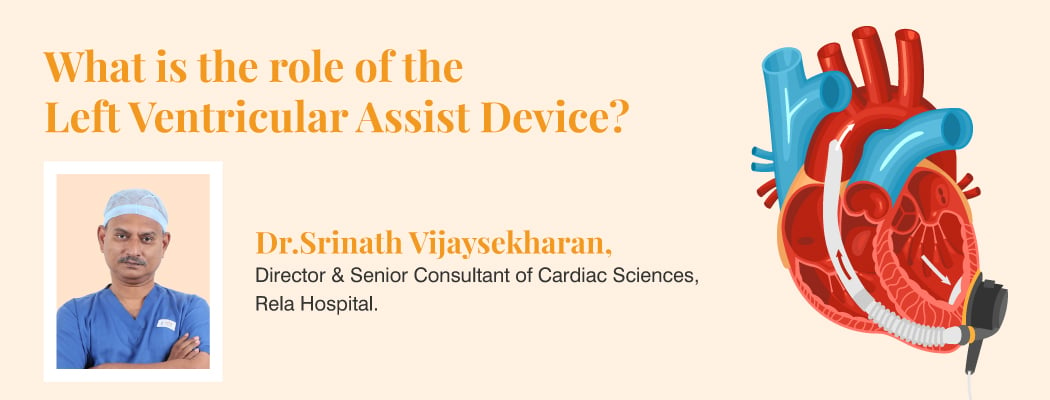Cataract Surgery: Types, Options, and Procedure
July 20, 2022

What is a Cataract Surgery?
Cataract surgery is intended to treat cataracts. Cataracts are clouding of the eye lens caused by protein clumping. As a result, your vision may deteriorate over time. They are the leading cause of blindness.
The lens of your eye is located behind your iris and pupil, which allows you to concentrate on objects at different distances. Most cataract surgeries include replacing the clouded lens with an artificial graft.
Contents
Signs indicating the need for cataract surgery
As you age, your chances of developing cataracts increase, and they tend to worsen over time.
Cataracts can affect your vision in various ways, including:
- Blurry vision
- Impaired night vision
- Colours appear faded
- Sensitivity to glare and bright light
- Halos around light
- Double vision
Cataracts could also be hereditary or present at birth. For example, congenital cataracts are one of the primary leading causes of childhood blindness. However, they have a better chance of success if the surgery is conducted before the child is six weeks old.
5 Types of Cataract Surgery
Most recent cataract surgeries include replacing your lens with a transplant known as an intraocular lens (IOL). Some of the most often used cataract surgery methods Among reliable sources are:
- Phacoemulsification – A surgeon will make a 2- to 3-millimetre-long incision in front of your eye for an ultrasonic probe during phacoemulsification. The probe uses vibration to break up the cataract and suction to remove fragments. After that, a foldable lens is put through the incision.
- Manual extracapsular cataract surgery (MECS) – During MECS, a surgeon makes a rather big incision, approximately 9 to 13 millimetres long, and removes your lens before inserting the replacement IOL. Because of the bigger incision, this method has a higher risk of problems than phacoemulsification. However, due to its low cost, it is still practised in many world regions.
- Manual minor incision cataract surgery (MSICS) – MSICS is a MECS method modification. It entails a smaller V-shaped incision on the outside of your eye and a broader incision on the inside. According to a 2013 study, phacoemulsification and MSICS had equivalent long-term outcomes. However, phacoemulsification may have superior short-term benefits in the three months following surgery, although MSIC is less expensive.
- Femtosecond laser-assisted cataract surgery (FLACS) – During FLACS, a surgeon may use a laser instead of a manual incision to make an incision in your eye. Furthermore, the laser can divide and soften the cataract, requiring less phacoemulsification energy to remove it. This can result in faster healing. Finally, the laser can perform an arcuate incision to correct astigmatism. Astigmatism occurs when the front of the eye is uneven, resulting in impaired vision. This increases the likelihood that you will be able to function without glasses. This approach, however, is more expensive than others. Whether the marginal advantages outweigh the costs is currently being debated.
- Intracapsular cataract surgery – Intracapsular cataract surgery is an older treatment in which the entire lens and lens capsule are removed from the eye through a large incision. It is rarely performed nowadays due to the considerable risk of consequences.
Options for lenses for post-cataract surgeries
You have various alternatives for substitute lenses for your natural eyes. Your lifestyle and budget determine the sort of lens you should choose.
Monofocal lenses – The most frequent form of lens replacement is monofocal lenses, usually covered by insurance. However, insurance companies may deem other lenses to be a premium and not covered.
Monofocal lenses are designed to provide the best vision at a single distance. As a result, people frequently set them for farsightedness and wear reading glasses for close vision.
Toric lenses – This type of lens helps in correcting astigmatism.
Extended depth-of-focus – One correction zone is stretched in the extended-depth-of-focus lenses to improve your distance and intermediate vision. This is useful for using the computer and doing a variety of tasks.
Accommodating monofocal lenses – Unlike typical monofocal lenses, accommodating monofocal lenses allow you to modify the focal distance based on the activity of your eye muscles.
Multifocal lenses – By dividing the light, these glasses allow you to view far away and close objects. The drawback is that light splitting can generate halos and starbursts in certain people’s vision. You should talk to your doctor about it.
Preparing for cataract surgery
A week before your treatment, an eye doctor will gather measurements. This will assist them in determining your eye’s size and shape and the best course of action for your surgery. They will also inquire as to whether you have been on drugs. They may give you medicine eye drops to use before the surgery.
Cataract surgery is often performed in an outpatient surgery centre or hospital, so you will not be required to remain overnight. However, you should plan a ride home once the surgery is finished. Your healthcare provider may instruct you not to eat anything solid for 6 hours before your surgery. You should also abstain from alcohol for at least 24 hours before the procedure.
The Procedure in Cataract Surgery
The precise procedure used by your physician will be determined by the surgical technique used. If you still have cataracts in both eyes, your procedures will most likely be weeks apart. Although there are a few commonly used phacoemulsification techniques that one can expect:
- A local anaesthetic injection or eye drops will be used to numb your eye. You will be awake during the procedure but unable to see what your surgeon is doing. You may be given a sedative to help you relax in some circumstances.
- While making a small incision in the front of your eye, your surgeon will look at it via a microscope. The ultrasonic probe will then be inserted into the incision to break up your lens and remove the cataract. Next, suction will be used to extract the pieces with the probe.
- A foldable lens implant will be introduced via the incision and placed in the place of your original lens. Stitches are usually not required with this technique.
- After your procedure, you will be asked to rest in a recovery facility for around 30 minutes before going home.








